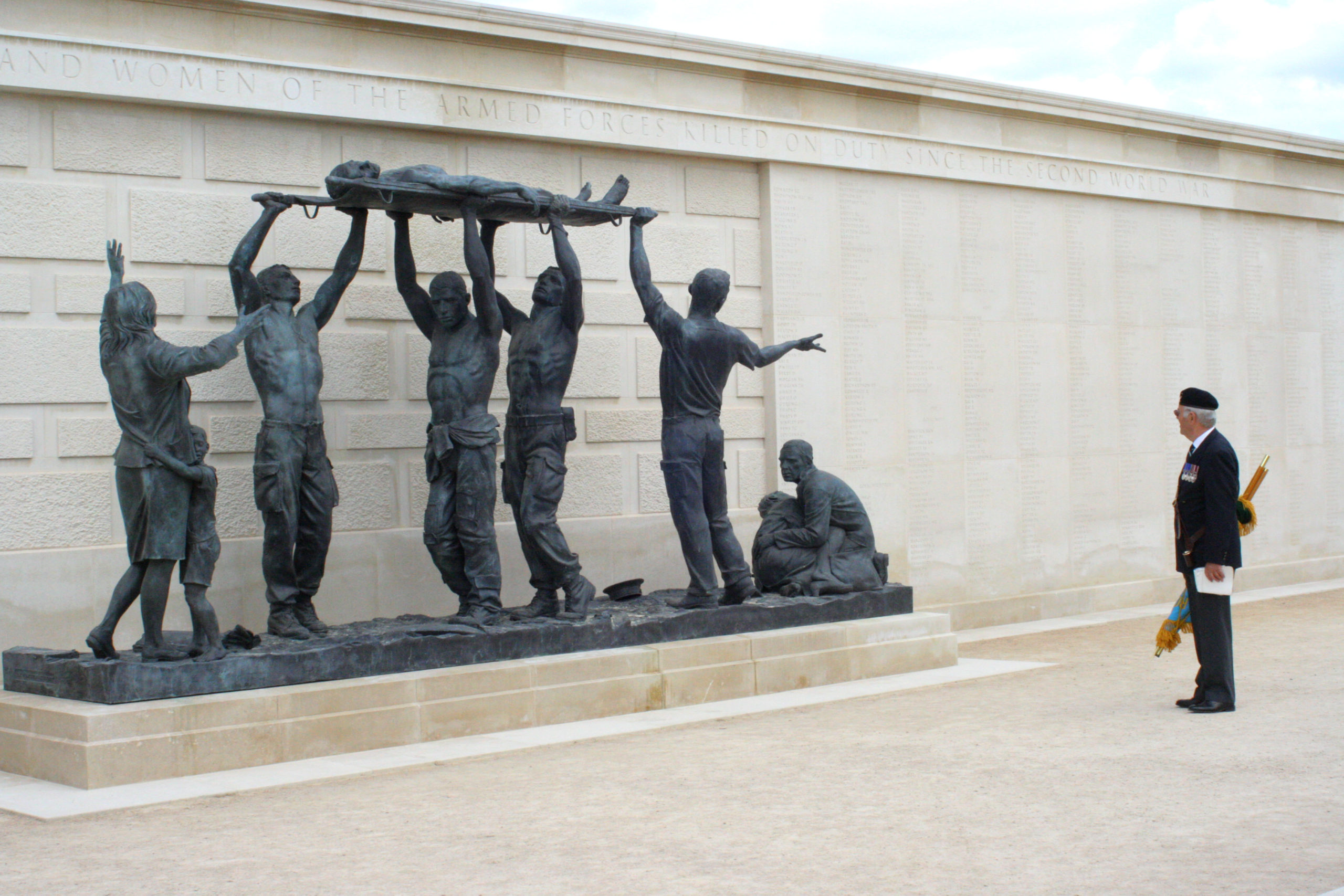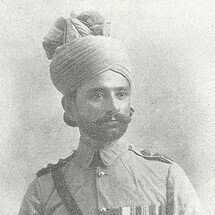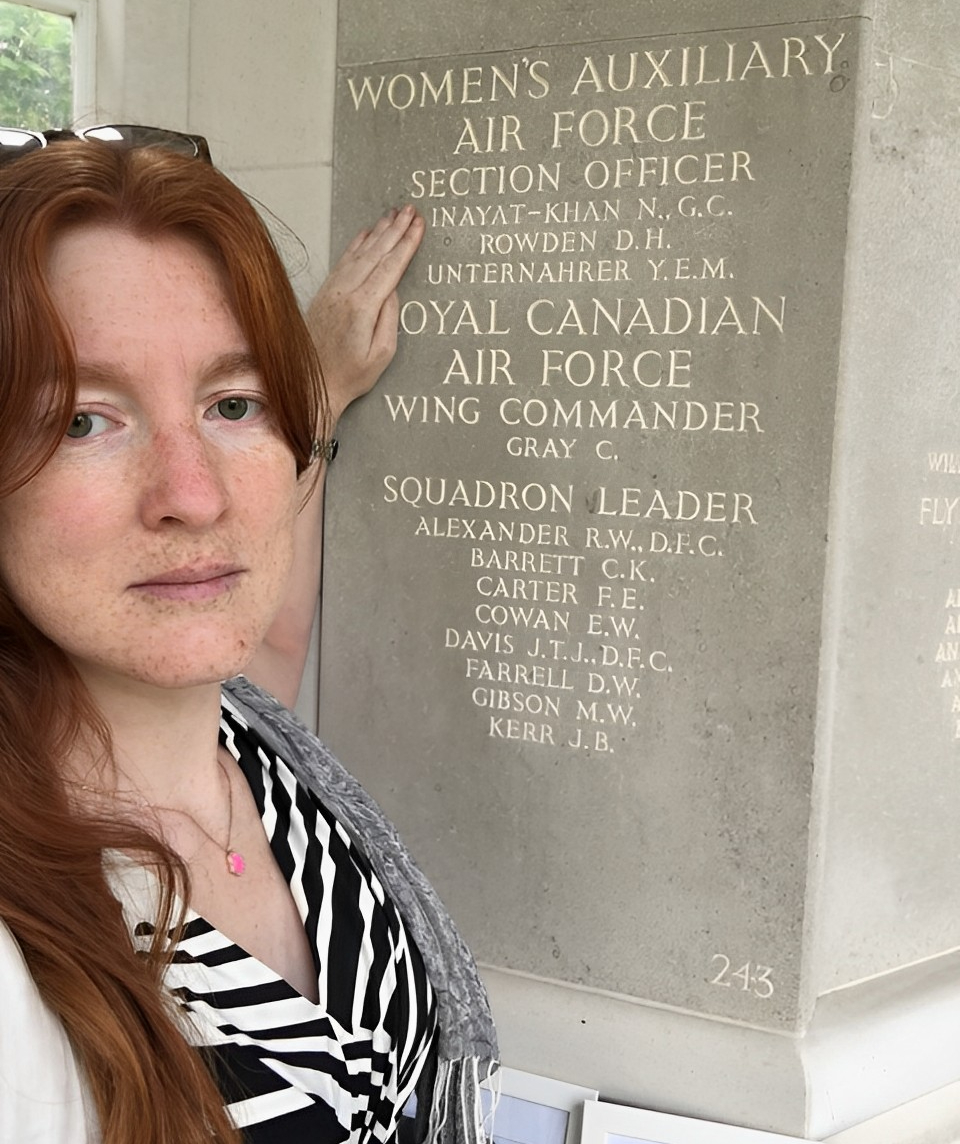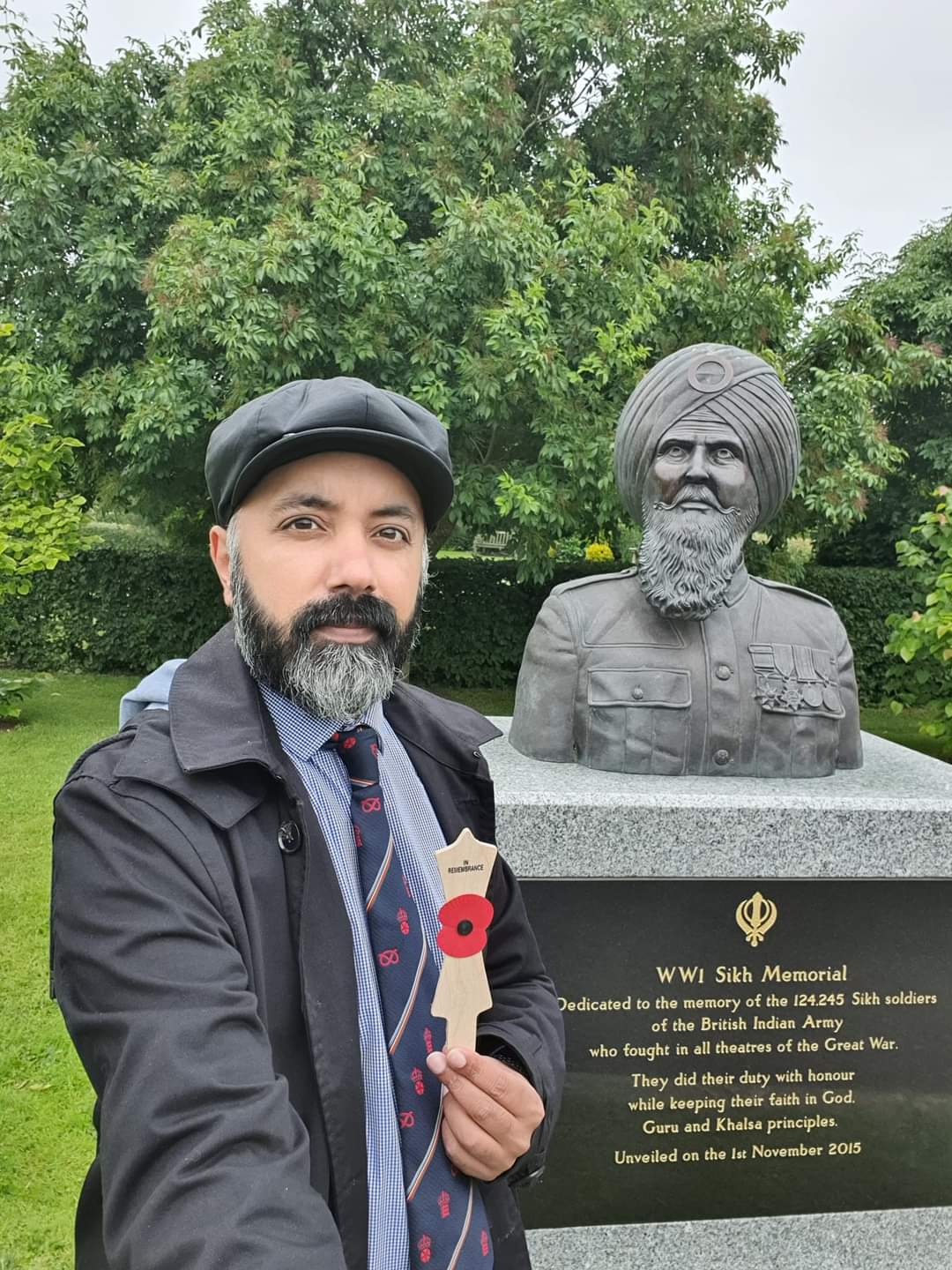
The National Memorial Arboretum
Exploring some of the memorials with South Asian connections at the year-round centre for Remembrance.

Born in 1888 in the Punjab village of Dab, Khan was a Muslim Rajput. Khan’s parents died while he was a teenager, and he became a sepoy to support his two sisters.
At the outbreak of the First World War his regiment, the 129th Baluchis, was sent to France. In October 1914, Khan, a machine gunner, as part of a force of 20,000 troops from undivided India, was sent to the front line to help the exhausted British Expeditionary Force trying to stop the German Army from capturing the vital ports of Boulogne and Nieuwpoort.
The Germans attacked on 30th October, outnumbering the Baluchi’s five to one. Many of Khan’s comrades were killed or wounded, but Khan and his machine gun crew, together with one other, carried on fighting until they were overrun, and everyone killed. Khan pretended to be dead, before crawling back to his regiment under the cover of darkness. Thanks to Khan’s and his fellow Baluchis actions, Indian and British reinforcements had time to arrive, preventing the German army from capturing the ports.
For his actions Khan became the first Indian to be awarded the Victoria Cross (VC), which he received from George V at Buckingham Palace in January 1915. His photo appeared on the front page of The Daily Mirror under the headline: The first Indian to win the Victoria Cross. Khan stayed in the army until 1929, becoming a Subedar, the equivalent of a captain. In Dab, he was given 50 acres of land and built a reservoir for the village. In 1956 he travelled to London for VC centenary celebrations. He died aged 82 in 1971 in Rawalpindi, Pakistan. His statue stands in the grounds of the city’s army museum.


Exploring some of the memorials with South Asian connections at the year-round centre for Remembrance.

An aviation enthusiast’s special mission to honour a Second World War agent in occupied France.

The Indian Army Memorial Room stands as a tribute to the rich history and enduring spirit of the Indian soldiers of the British Indian Army.

The story behind the tribute to commemorate the service of Sikh members of the Armed Forces.

The first of the Trust’s projects is the South Asian Heritage Month (SAHM), which first took place in 2020 and runs from the 18th of July to the 17th of August each year.
SAHM seeks to commemorate, mark and celebrate South Asian cultures, histories, and communities.
It seeks to understand the diverse heritage and cultures that continue to link the UK with South Asia.


© South Asian Heritage Trust | All Rights Reserved